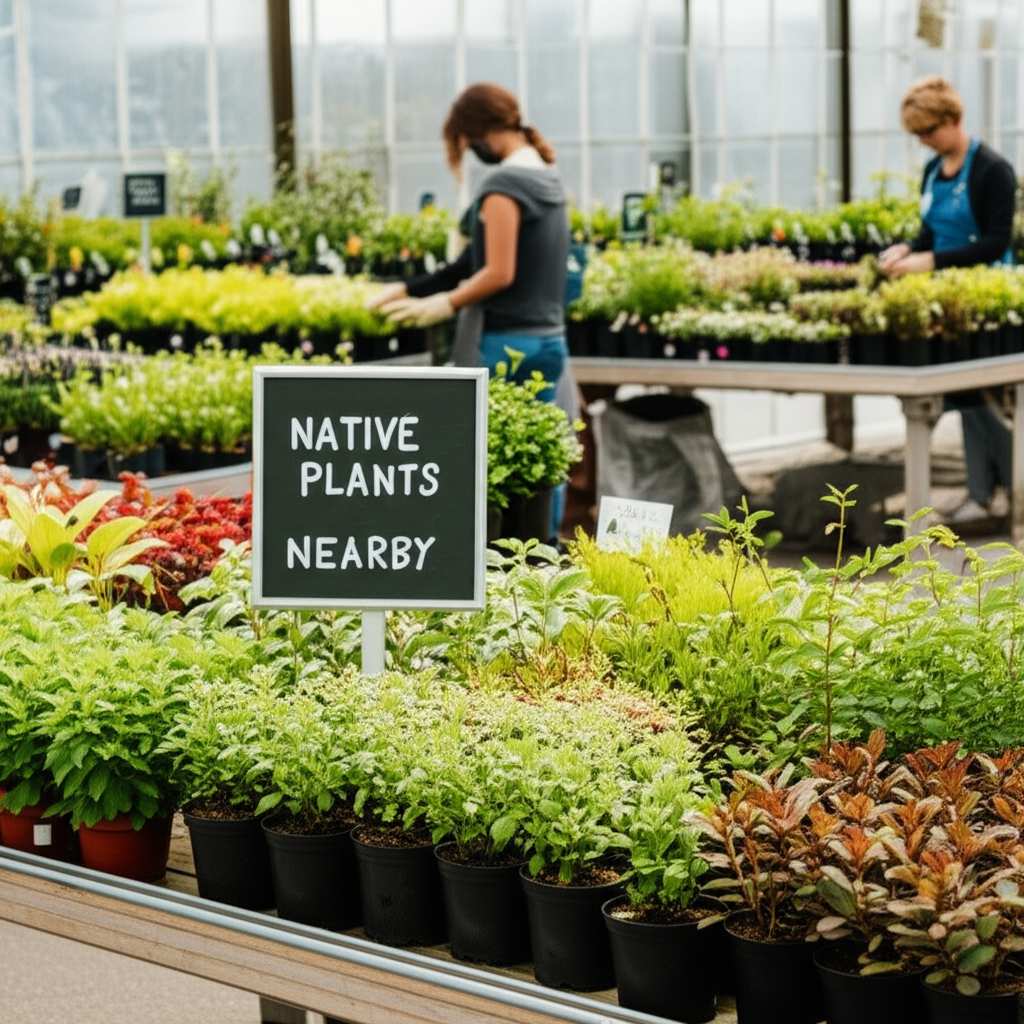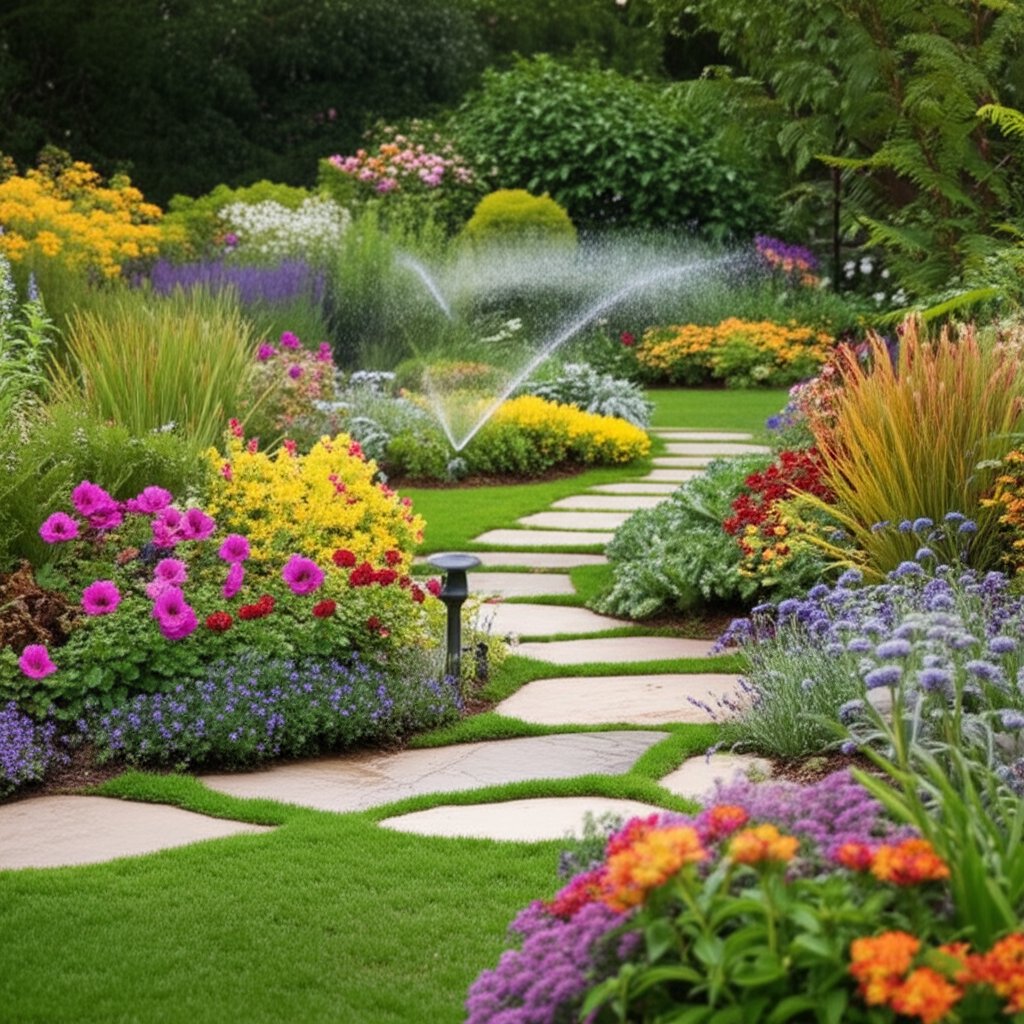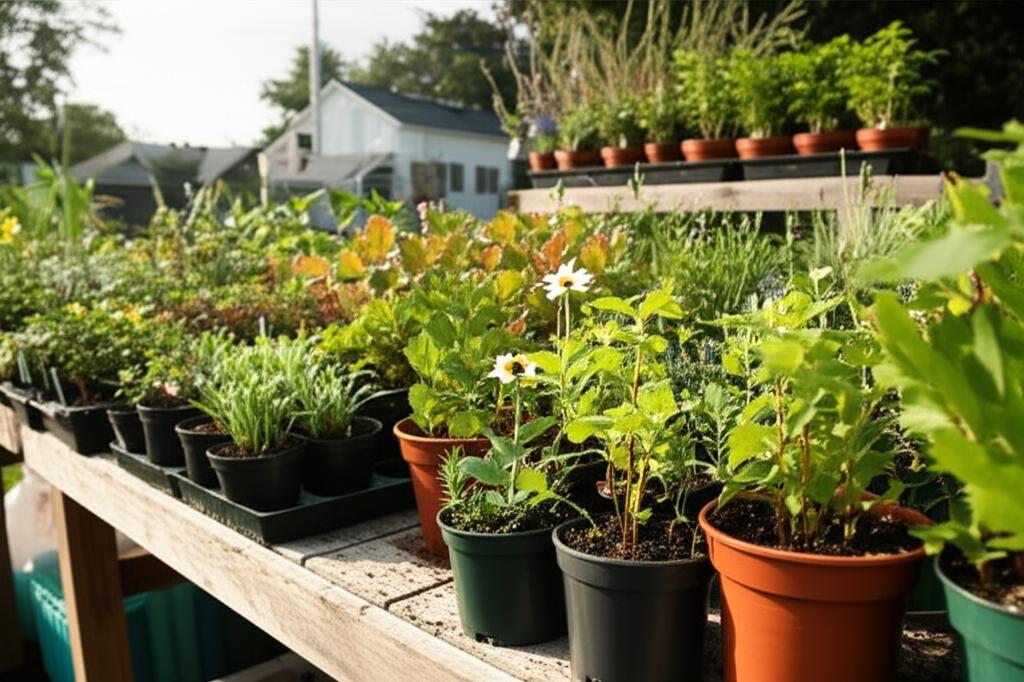Native Plant Centers: Find Local Species Near You
Have you ever examined your yard and sensed that it lacks true harmony? Perhaps the flowers appear attractive, yet they seem out of place, or the garden demands constant effort without rewarding results. Many homeowners experience this frustration because common landscape plants often fail to match local conditions. Native plant centers offer a solution by providing species that naturally belong in your area.
These specialized nurseries serve as essential resources for gardeners seeking to create balanced outdoor spaces. At Dickinson's Garden Center, we specialize in connecting you with plants that thrive in your regional ecosystem, which reduces maintenance while enhancing environmental benefits.
Why Native Plants Matter
Native plants consist of species that have evolved in your specific region over centuries. They adapt perfectly to local soil types, weather patterns, and wildlife interactions, which makes them exceptionally durable and beneficial.
Consider these key advantages:
- Reduced maintenance needs: These plants typically require minimal watering, fertilizing, and pruning once established.
- Support for local wildlife: They provide essential food sources and habitats for birds, butterflies, and other pollinators.
- Improved soil and water management: Deep root systems prevent erosion and enhance groundwater recharge.
- Enhanced regional identity: Incorporating natives creates a landscape that reflects and complements your local environment.
By selecting native species, you actively contribute to ecological restoration. Your garden becomes a vibrant part of the surrounding natural world, fostering biodiversity and resilience.
Finding a Native Plant Center
Locating a reliable native plant center begins with targeted research. Unlike large retail chains that offer generic selections, these centers curate inventories based on regional ecology.
Follow these practical steps to identify one:
- Conduct an online search for "native plant nurseries" or "ecological plant suppliers" in your vicinity. Focus on establishments with strong community ties.
- Consult local experts, such as master gardener programs or conservation groups, for recommendations on reputable sources.
- Plan a visit to explore the options firsthand. Engage with staff to learn about plant adaptations and successful local implementations.
Centers like Dickinson's Garden Center employ knowledgeable teams who guide you through selections suited to your property. This expertise transforms a simple purchase into an educational experience.
Planning Your Native Garden
Effective planning ensures your native garden succeeds from the start. Begin by assessing your space to match plants with existing conditions.
Observe sunlight patterns throughout the day, identify moist or dry areas, and test soil composition. Native plants vary in requirements, so this analysis helps you choose appropriately.
Build diversity by incorporating multiple plant layers: use low-growing groundcovers for soil coverage, add mid-height shrubs for structure, and include trees for vertical interest. Select species that promote ecological connections, such as those with nectar-rich flowers for bees or berry-producing varieties for songbirds.
This intentional approach creates a cohesive design that evolves naturally. Start with a modest area, perhaps 100 square feet, to build confidence before expanding.
Taking the First Steps
Introducing native plants to your yard marks the beginning of a rewarding process. These species often establish quickly because they align with local conditions.
Position each plant according to its preferences for light exposure and soil moisture. Provide consistent watering during the initial weeks to encourage root development, then taper off as the plants adapt.
Monitor progress closely: note which insects arrive, track growth rates, and adjust as needed. Within one growing season, you may observe increased wildlife activity and improved garden vitality.
Maintaining a Native Garden
Native gardens demand minimal intervention after establishment, which allows you more time to enjoy them. Focus on supportive practices that enhance natural processes.
Perform light seasonal tasks, such as removing excessive debris while preserving elements that benefit overwintering insects. Vigilantly manage invasive weeds to prevent competition with your chosen species.
Consistency in these efforts yields long-term rewards. Over years, your garden will require even less attention as the ecosystem stabilizes and self-regulates.
A Garden That Belongs
Choosing natives from a local center integrates your yard into the broader landscape narrative. Each blooming flower and visiting creature reinforces this connection.
Even modest implementations, like a single pollinator bed, create meaningful impact. These choices build resilience against climate variations and enhance aesthetic appeal over time.
Looking Ahead
Embracing native plants fosters an enduring bond with your environment. Seasons bring fresh discoveries, from spring emergences to autumn seed dispersals.
Visit a center like Dickinson's Garden Center to select your first specimens. Plant them thoughtfully, observe their integration, and witness how they revitalize your space. Through these actions, you cultivate not only a garden, but also a sustainable legacy.


